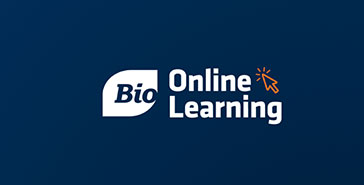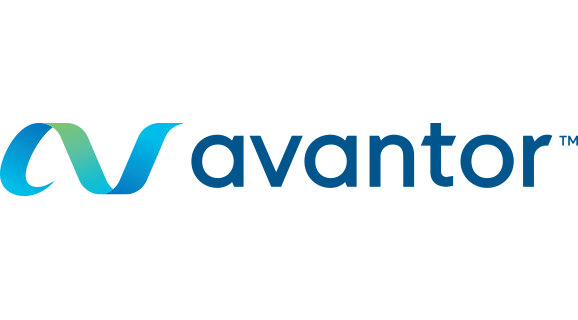On Tuesday morning at the BIO Investor Forum, leaders from top companies at the forefront of gene therapy innovation assembled to discuss successful approaches, challenges in protein delivery, and the future of expanding this class of medicines.
Gene therapies have the potential to increase the healthspan of patients and offer new approaches to treating diseases, with a sizable pipeline in development. Early leaders in the field have focused on rare diseases which continues to open the pathway for other treatments in oncology and infectious and chronic diseases.
The panel was moderated by Shyam Patel, PhD, Associate Director, Portfolio Development & Review, California Institute for Regenerative Medicine (CIRM). The panelists were:
- Michelle Gilson, Principal, Cannacord Genuity Inc.
- Gary Lee, PhD, Chief Scientific Officer, Senti Bio
- Michael Narachi, MBA, President and CEO, CODA Biotherapeutics
Patel opened by asking the panelists to think about the question of what they thought was correct about gene therapy five years ago that they now know to be no longer true. Gilson said that she didn’t know much about the field five years ago as she hadn’t done as much within it, but that when she identifies a weaknesses in her knowledge, she likes to bring people in who know more about the field in question and start a dialogue. Narachi answered by saying that he thought the biotech wave had crested in the 80’s but learned that it was only the beginning. He explained, “Losers become winners and winners become losers all the time in the biotech industry, but if you follow the science you can typically arrive at the truth”. Lee has been working on gene therapy for over 20 years and explained that knowledge within the field is ever evolving.
The next question Patel asked was what advice would be helpful for those who are starting to enter the field. Gilson Narachi said the most important component of success is to build a great team early on and foster a healthy environment where problems can be solved productively.
Narachi asked Lee more about which program he’s most excited about in gene therapies. He said that while gene therapy for rare diseases is often talked about and is an excited element of the field, there is an opportunity that his company is focused on within cancer to fight tumors that would improve immune response and they are hoping to bring it to the clinic next year.
Narachi said that with hundreds of cell and gene therapy products in development, we’re seeing an amazing wave of the technology. The challenge and opportunity will be identifying how to apply the learnings in recent years to a wider range of diseases targets and types.
Patel asked, “What are some of the manufacturing bottlenecks faced in this area?” Lee said every cell vector has its own challenges, but science and technologies will solve them- continuous innovation in manufacturing has already led to lower costs in certain cell types, for example. Vectors can also be made more potent through engineering. There won’t just be one solution.
Narachi said that it’s important that patients have access to these therapies, and challenges everyone working on these new therapies to teach the art to someone else when their IPs expire so these could be low cost biologics twenty years from now.
Patel asked regarding the ecosystem of novel gene therapies, are there appropriate CROs and vendors available, or are they developing alongside the therapies? Narachi said there are more and more third parties available to partner with but finding someone to screen all the assays has been a challenge and his company ended up having to build it in-house.
Patel closed by asking Gilson what value (aside from capital) are firms bringing to gene therapy. Gilson said they are bringing experience and helping companies decide how to be most flexible. “You don’t know what challenges you will face in the beginning, but investors have seen so much that they can help guide companies through those challenges,” she explained.





.jpeg?itok=ByJuBfy-)












.png)


